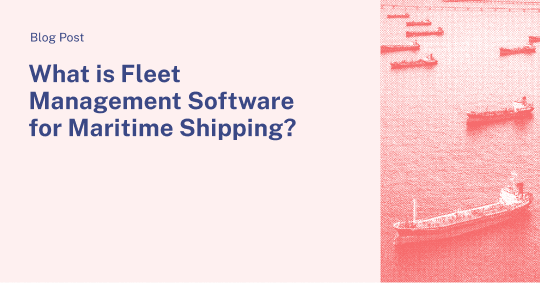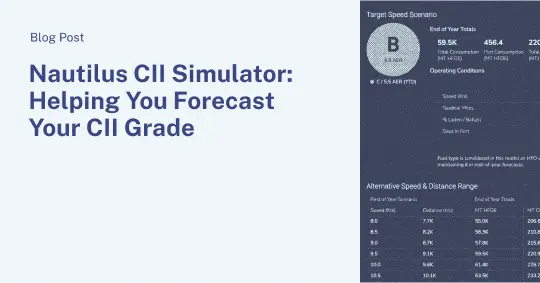The maritime industry is a complex ecosystem that requires collaboration among stakeholders to operate effectively. Ship owners, charterers, port authorities, regulators, and technology providers all have distinct objectives and operational procedures, making collaboration a challenging task. However, collaboration is essential to decarbonize the industry successfully and can be facilitated by several critical steps.
Firstly, stakeholders need to have a clear understanding of how collaboration creates new win-win situations compared to the way the industry has traditionally operated. Historically, industry structures have created misaligned incentives between owners and charterers, resulting in a zero sum dynamic between the two. As we strive for a common goal to reach net zero, we must learn to work towards mutually beneficial outcomes, such as reducing emissions, in addition to achieving commercial upsides.
Secondly, stakeholder collaboration requires a willingness to compromise and work towards a common goal – a key part of this puzzle will involve rewriting industry frameworks to promote common incentives and shared responsibilities. One example of this is the CII clause BIMCO released in 2022, which recommends that owners and charterers share the responsibility for a vessel’s CII grade.
Collaboration requires a culture of cooperation and mutual respect, where stakeholders are willing to listen to each other’s perspectives and make compromises to achieve shared goals. This can be facilitated by creating platforms for open communication and information sharing through regular meetings, workshops, and forums where stakeholders can share ideas, discuss challenges, and explore opportunities for collaboration.
Additionally, technology plays a vital role in promoting collaboration in innovative ways. By working together, stakeholders can leverage new technologies to create new business models leading to a more sustainable shipping. For instance, machine learning and artificial intelligence (AI) can be used to improve transparency and collaboration between owners and charterers. These technologies can enable real-time tracking and monitoring of vessels and cargo, providing owners and charterers with greater visibility into the transportation process. For example, machine learning can help predict vessel arrival times, enabling more precise scheduling of port operations, reducing waiting times, and improving efficiency.
Furthermore, machine learning and AI can be used to facilitate data sharing between owners and charterers. By analyzing data on vessel performance and cargo availability, machine learning algorithms can identify potential conflicts and help owners and charterers find mutually beneficial solutions. This can help reduce disputes, improve trust, and enhance collaboration between owners and charterers.
In conclusion, collaboration among stakeholders in the maritime industry is essential for successful decarbonization. By working together and leveraging technology, stakeholders can share knowledge, set targets, drive innovative business models and build a more sustainable industry. Technology, including machine learning and AI, can facilitate collaboration between owners and charterers by providing greater visibility, improving data sharing, and reducing disputes. Stakeholders across the industry need to set their differences aside and act now, or we will not reach our decarbonization targets. Getting to net zero is a team effort, and we need every player on board to reach this goal.
—
Want to learn more? Don’t miss CEO Matt Heider speaking at the Financial Times Global Commodities Summit in Switzerland on March 22. Meet Matt and the team and schedule a virtual or in-person meeting today.



